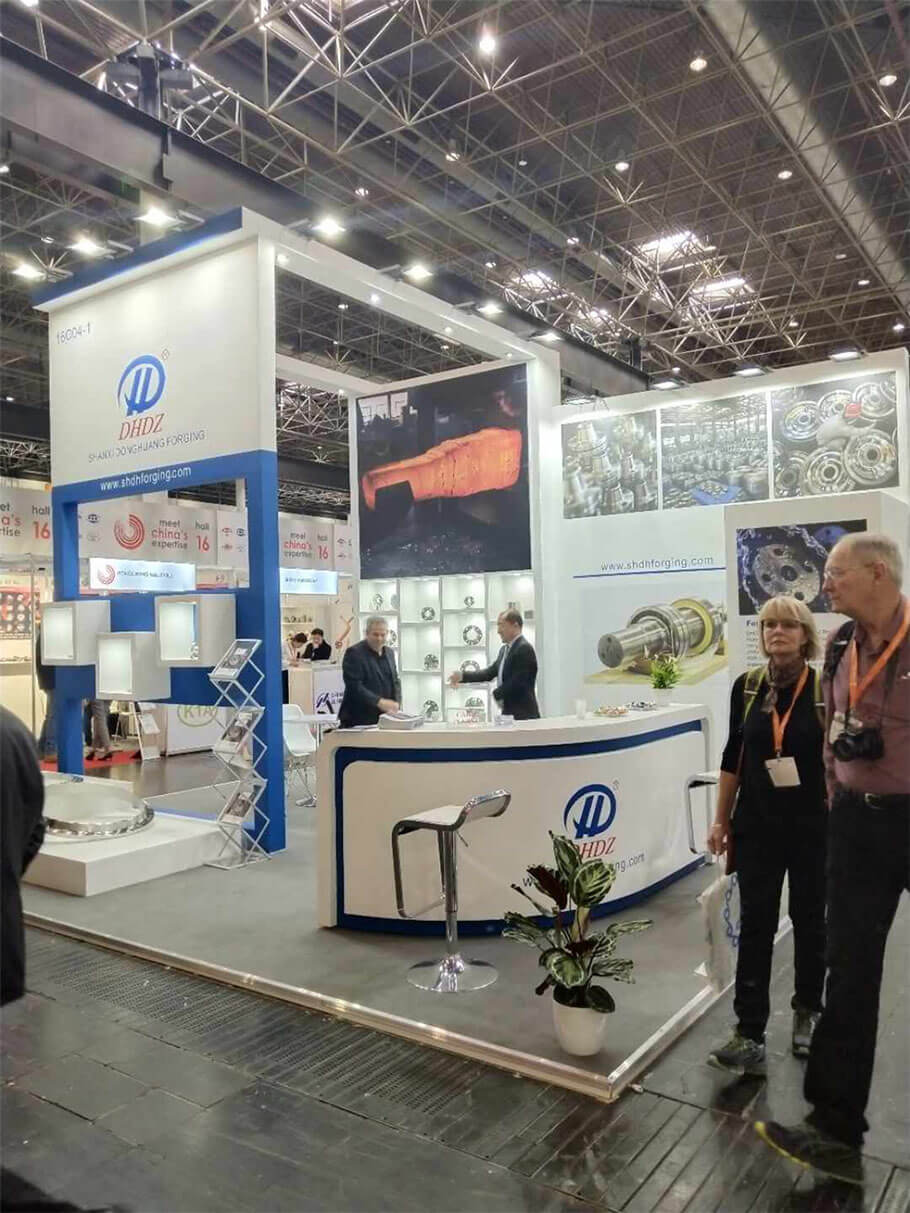In the production of large flanges, there are many factors affecting the performance of large flanges. Below we say several common factors, the first is the annealing temperature (the annealing temperature is the temperature parameter when the primer and the template are combined, when 50% of the primers are The temperature at which the complementary sequence is expressed as a double-stranded DNA molecule is an important factor affecting the specificity of the PCR. Under ideal conditions, the annealing temperature is low enough to ensure that the primers are effectively annealed to the desired sequence, while being sufficiently high to reduce Non-specific binding. Reasonable annealing temperature is from 55 ° C to 70 ° C. The annealing temperature is generally set 5 ° C lower than the Tm of the primer.
Whether the specified temperature is reached. Annealing temperature reaches the required temperature. Large-scale flange treatment is generally carried out by solid solution heat treatment, which is commonly called "annealing", and the temperature range is 1040~1120 °C (Japanese standard). You can also observe through the observation hole of the annealing furnace. The large flange fittings in the annealing zone should be in an incandescent state, but there is no softening and sagging.
Followed by the sealing of the furnace body (the outer shell is welded with steel plate and section steel, the trolley is welded by steel and steel plate, the trolley passes the soft contact with the furnace lining and the sand sealing mechanism to reduce heat radiation and convection loss, and effectively ensure the sealing of the furnace body. ), the bright annealing furnace should be closed and isolated from the outside air; using hydrogen as the shielding gas, only one exhaust port is open (used to ignite the discharged hydrogen). The method of inspection can be applied to the gaps of the joints of the annealing furnace with soapy water to see if the gas is running. The most easy place to run the gas is the place where the annealing furnace enters the pipe and the place where the pipe is discharged. The sealing ring in this place is particularly prone to wear. Always check frequently to change.
Secondly, the protective gas pressure, in order to prevent the occurrence of micro-leakage, the furnace protective gas should maintain a certain positive pressure, if it is hydrogen protective gas, generally requires more than 20kBar. Annealing atmosphere: Generally, pure hydrogen is used as the annealing atmosphere, and the purity of the atmosphere is preferably 99.99% or more. If another part of the atmosphere is an inert gas, the purity can be lower, but it must not contain too much oxygen or water vapor.

Post time: Jul-31-2019
